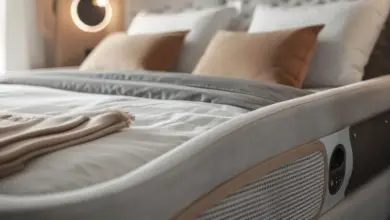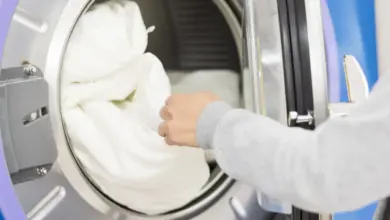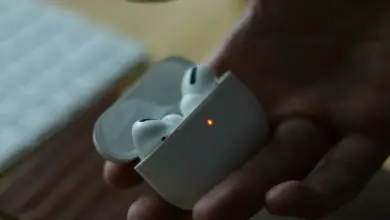Benefits of Silk Pillowcase
Benefits of Silk Pillowcase: From silky smooth skin to shiny hairs!
Use silk to get silky smooth skin and hair
Experts recommend elaborate nighttime routines to help avoid bedhead and morning breakouts. However, these are often too demanding at the end of the workday. There’s good news. In the past, many cosmetic publications have urged people to switch to silk pillowcases to get smoother and tangle-free skin.
Silk, the “queen” of fibres, has captured many, from royalty to commoners. Silk is soft and smooth. It looks elegant. And it also has many other benefits.
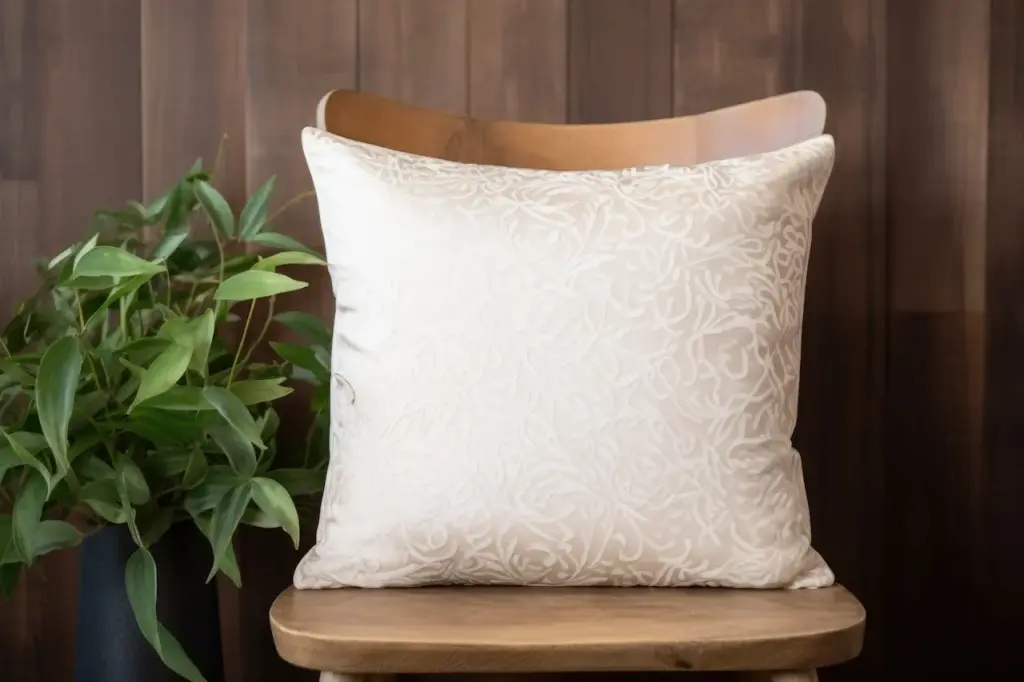
What is Silk?
Legend has it that, in the 27th Century BCE, while Chinese empress Xi Lingshi was enjoying a cup of tea under a Mulberry Tree, a cocoon silkworm fell into her tea. The empress watched as the silkworm cocoon unravelled and admired the thread. This is how the most beautiful fabric was created.
Insects produce the fibre for nests and cocoons. Silkworms have four life stages: the egg, larvae and cocoon. The man interferes in this process at the cocoon stage, bringing to life a fabric so valuable that it was among the most expensive items during the Roman Times.
Although there is no scientific evidence that shows that silk pillowcases and clothes are good for your hair and skin, we do know that silk is a natural fibre, like cotton and lambswool, but its length makes it stand out. You can see this in your cotton or wool T-shirt. The thread used to knit your sweater or T-shirt is made from short fibres. Wool, for example, is made from the hairs of sheep. To spin your sweater, the hairs of many sheep are twisted into one long yarn. Silk is a special material that can reach one kilometre in length because the cocoon of a silkworm is a single long fibre. The fibres are then woven together to create a fabric that is smooth and non-fuzzy.
It’s good for hair
Mechanical forces, such as combing, brushing and hair ties can cause hair damage. A silk pillowcase with a tight weave is the best choice for reducing friction. A pillow with less friction is also recommended, as we spend a third of our lives asleep, smushing hair into pillows.
Don’t just take our word for this – check out the before and after pictures of people who have tried it.
It’s also afraid of water.
Silk is (un)famous as being Hydrophobic. This means that it repels water and will not absorb moisture from your hair. If your hair tends to lose moisture, or if you live in an area that is dry, then a silk pillowcase will be a necessity. You will look more hydrated and refreshed in the morning if you retain moisture during the night.
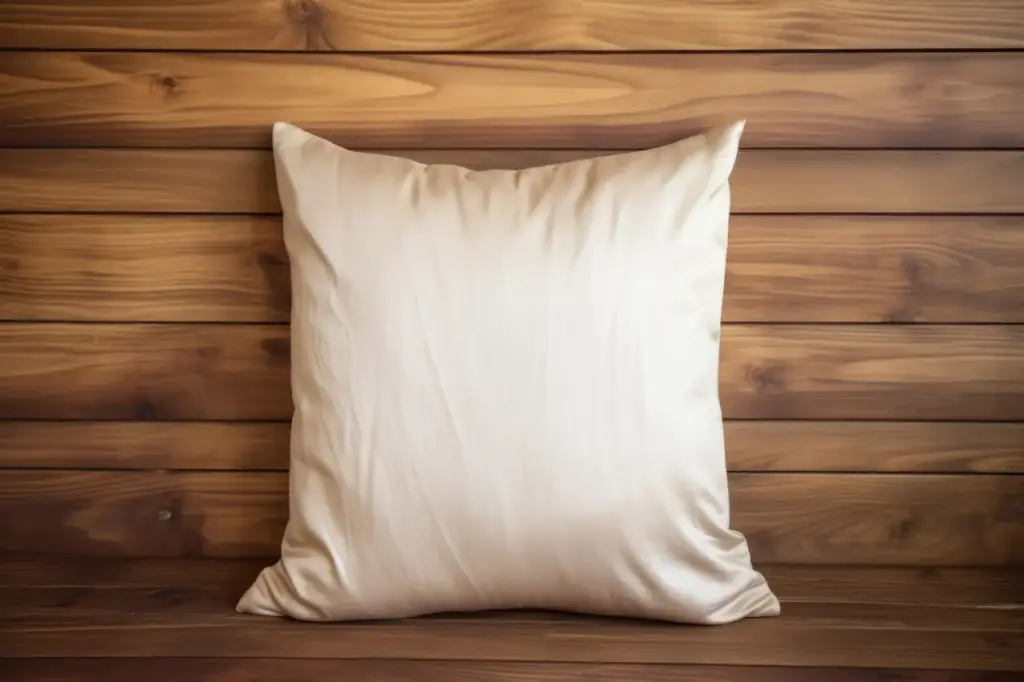
It’s good for the skin too.
Silk can also help with skin problems because it is less frictional and does not absorb moisture. The claims that silk pillowcases reduce “sleep wrinkles” is not entirely unfounded. Fabrics that are less abrasive to the skin can help prevent wrinkles from becoming permanent.
Silk’s moisture-repellent qualities are also important if you follow a nighttime skincare routine. If your pillow will absorb all the expensive serums and creams, they won’t be of any use. A silk pillowcase will be your best friend in this situation.
Silk is antimicrobial as well.
Silk is used in biomedical applications because of its ability to kill microorganisms or inhibit their growth. Cotton pillowcases, for example, will not transfer bacteria to your face as much. Silk pillowcases are less inflammatory for those with acne or sensitive skin.
Silk is also a temperature regulator.
It is also an excellent temperature regulator and adjusts to the body’s temperature. This natural fibre does not produce static like other natural fibres, in particular cotton. It is a versatile fabric that can be used in many ways. The structure helps to retain heat during the winter and release heat during the summer.
The environmental effects of it
The elephant in the room. Animal rights activists, animal welfare advocates and vegans all have condemned sericulture. Here are some facts you should consider before you boycott it.
Silk is 100% biodegradable, as it is pure fibre. Mulberry trees also require no or very little pesticides to grow. You know that it’s a home, so you can be sure it will last a long time. You will also use less product because of the benefits to your hair and skin.
Determining whether a fabric is ‘green,’ depends on your definition. In today’s plastic-based world, after weighing the pros and cons of each fabric, I would say that silk is more environmentally friendly than petroleum-based fabrics.
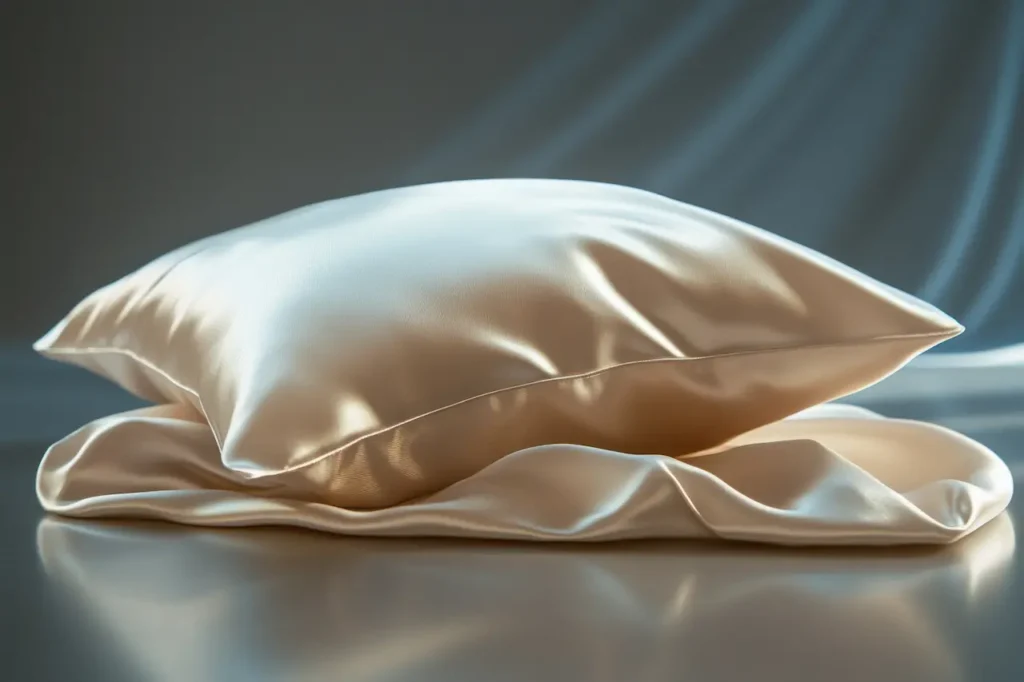
Conclusion
The pillowcase is the first thing your hair and face come into contact with. It is important to protect your skin and hair. It’s worth switching to a fabric that’s not rough, doesn’t absorb bacteria, and feels luxurious. The fabric is also better for the planet than other fabrics.
We’ve reviewed the top silk pillowcases available, so you can sleep in comfort.
